
Sundance 2018: Cinematography Standouts
Just a few of the titles screened in Park City that featured exemplary cinematography, including I Think We’re Alone Now, Skate Kitchen, Monsters and Men and Time Share.

By Andrew Fish, Patricia Thomson, Stephen Pizzello and Jon D. Witmer
Though lacking a clear commercial breakout, the 2018 Sundance Film Festival offered a particularly strong roster of character-driven fare. American Cinematographer had its team out in full force, scouting for films worthy of note in terms of visual artistry. Here’s a few of the titles that featured exemplary cinematography.
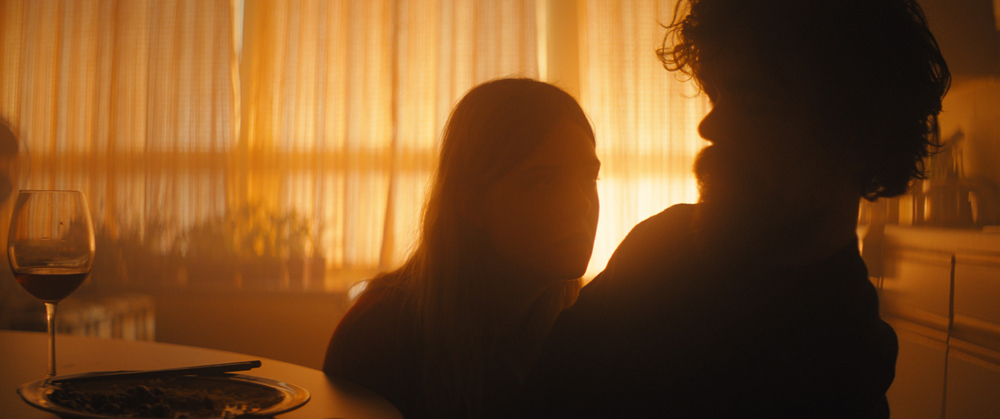
I THINK WE’RE ALONE NOW
Cinematography by Reed Morano, ASC
Directed by Reed Morano, ASC
Now that Sundance no longer has an established cinematography category in its regular awards lineup (full list here), the closest thing was a Special Jury Award for Excellence in Filmmaking, given to Reed Morano, ASC for the dystopic I Think We’re Alone Now. With an Emmy in her pocket for The Handmaid’s Tale, Morano was producer Peter Dinkage’s pick to direct. Morano chose to shoot as well. “I like my DP, so that’s why I hired her,” she joked during a Q&A at the fest. “I chose to do both because it’s how I’m used to telling a story: by looking through the viewfinder. It’s not that easy, but for someone who’s meticulous, it might be easier in the end. And for a movie this small, it was a way to keep me very connected and keep it intimate.” She also photographed her previous directorial effort, Meadowland (2015).
Set in a post-apocalyptic world, the Alone Now story is intimate indeed, tracking the last two souls on earth. It begins with Del (Dinklage) engaged in his routine in an empty Hudson River town: breaking into houses to scour for batteries and bury the dead, then returning to the public library, his newly adopted home. He’s at peace with his solitude. But then another survival (Elle Fanning) shows up, a chatty sort who wants companionship, to Del’s chagrin.
Working with an Alexa, Morano’s challenge was to light a modern world without electricity. For day scenes, she makes deft use of gauzy curtains and shadowed figures in dark interiors, while at night, flashlights, head lamps, and car headlights provide illumination. Fittingly for a story about loneliness, the two characters seldom share the frame until later on. Altogether, this handsome production is another notch in Morano’s belt. — Patricia Thomson
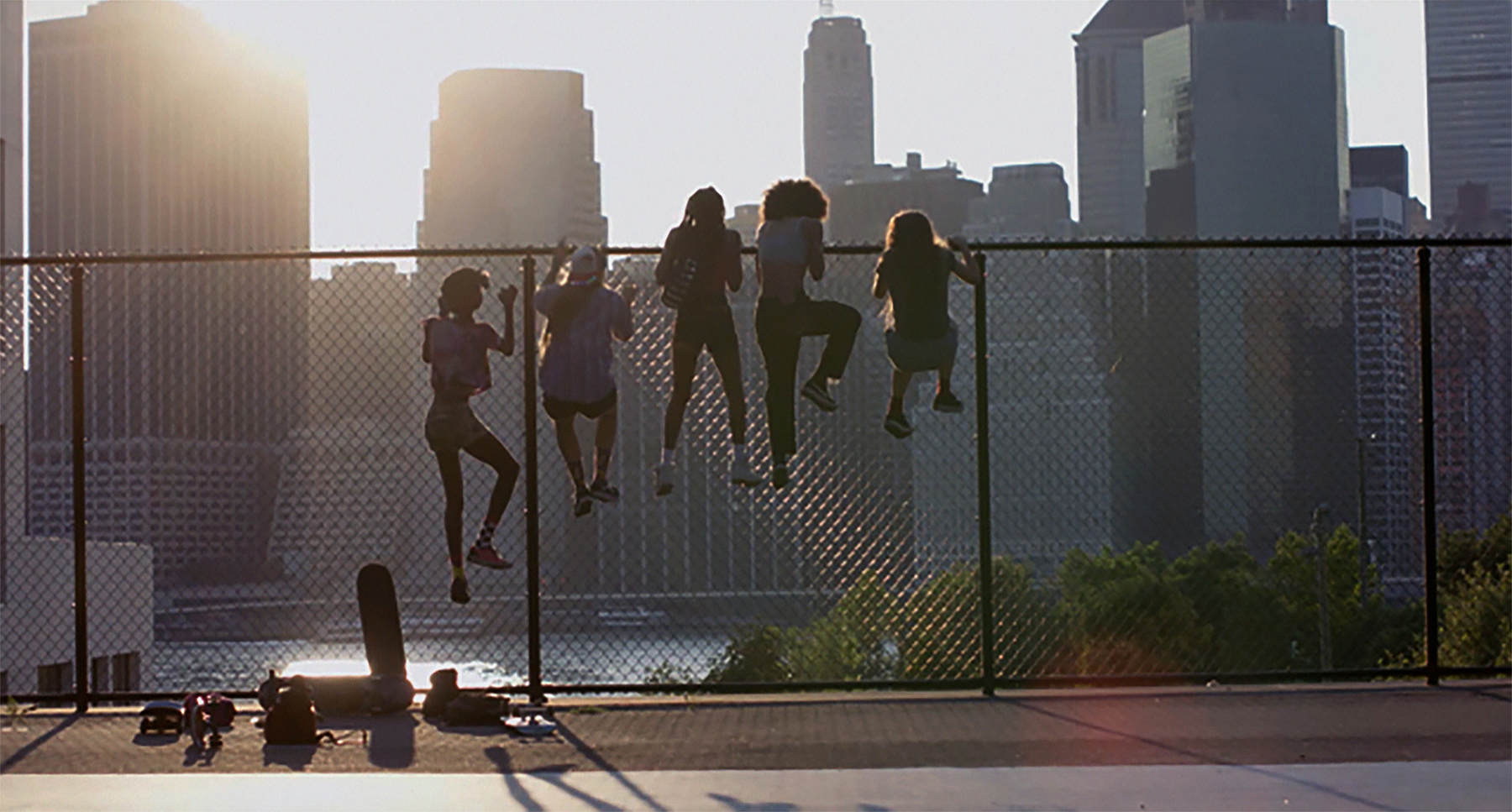
SKATE KITCHEN
Cinematography by Shabier Kirchner
Directed by Crystal Moselle
A buoyant ode to female camaraderie inside a male subculture, Skate Kitchen is writer/director Crystal Moselle’s dramatic debut. As with her breakout documentary The Wolfpack (2015), she spent months with her subjects prior to shooting, in this case a female skateboard crew in downtown Manhattan called Skate Kitchen, who play lightly fictionalized versions of themselves.
The story centers on lonely Long Island teen Camille (Skate Kitchen founder Rachelle Vinberg), who goes behind the back of her disapproving mother to skate. A first crush (Jaden Smith) provides some dramatic tension, but the film’s real gift is its contagious energy, thanks to a camera that hops onto a skateboard as willingly as the girls themselves, and its naturalism when hanging with the pack — a one-two punch from director of photography Shabier Kirchner and skateboard cinematographer Joey Dwyer.
“We tried to capture the girls’ energy with as much honesty and realism as possible because they’re so alive and youthful,” says Kirchner. “To embrace their spontaneity, we made the choice not to shot-list the film. Instead, on the day we’d block the scene and pick one spot for the camera [a Mini Alexa] to watch the action from. This felt more real and personal than running around the room changing perspectives to get coverage.”
For the skating footage, “We tested a lot of gimbaled rigs, but in the end, I had my skate operator do it mostly handheld to embrace all the bumps and bruises of the camera as a part of our visual language. It just felt more imperfect and alive, kind of like Lords of Dogtown, but in New York.” — P.T.
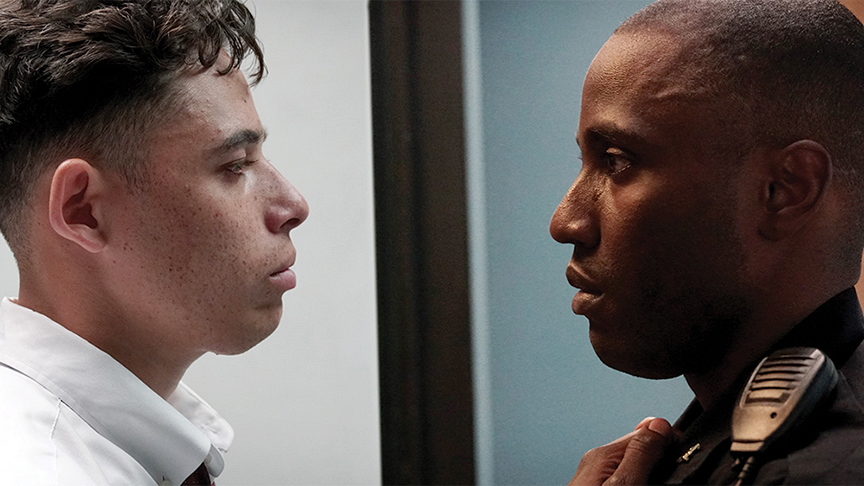
MONSTERS AND MEN
Cinematography by Patrick Scola
Directed by Reinaldo Marcus Green
Monsters and Men is a compelling dramatic feature structured as a free-flowing triptych that follows three characters in the aftermath of a racially charged confrontation outside a convenience store in Brooklyn’s Bedford-Stuyvesant neighborhood, where a police officer shoots and kills an unarmed black man after a brief altercation.
The incident is captured with a cellphone camera by local resident Manny (Anthony Ramos), who feels compelled to publicly post the video, which visually contradicts official police reports and quickly incites community outrage.
Manny soon finds himself harassed by the rogue officer and his partner, which draws the attention of upstanding cop Dennis (John David Washington), who wrestles with his conscience while trying to decide whether he should report the offending cop’s questionable ethics to internal police-department investigators.
The fallout from the incident also touches the life of local high-school baseball star Zyrick (Kelvin Harrison Jr.), who feels a persistent call toward political activism even as he’s being recruited as a hot major-league prospect by professional scouts. Zyrick’s father implores him to forget the incident and focus on his future, but the killing haunts the teen and eventually spurs him to take action amid an organized protest.
Director Reinaldo Marcus Green (who had previously addressed police “Stop and Frisk” racial-profiling tactics in his 2014 short Stop) drew inspiration for Monsters and Men from several real-life incidents, including the 2014 death of Eric Garner at the hands of an overly aggressive Staten Island cop. In a director’s statement, he notes that “public outrage over Stop and Frisk has morphed into a series of wider concerns about police oversight and abuse. Community-police relations have deteriorated rapidly; questions of systemic corruption have grown in seriousness and scope; and large-scale protests have turned violent in a variety of American cities. In light of all these events, I believe there is an urgent need [to] directly address the subject of systemic racial profiling in America… It’s an issue that weighs heavily on my conscience as a filmmaker, and as a human being.”
However, Green adds that his film is “not about condemning police officers or law-enforcement officials, or drawing simple conclusions about ‘right’ and ‘wrong.’ Instead, it’s about establishing a new dialogue — about law enforcement, community, and racial violence in America.”
Working from this heady thesis, cinematographer Patrick Scola imbues Monsters and Men with a poetic naturalism that adds an authentic ambience and palpable urgency to the events unfolding onscreen. Scola’s roving camera helps to create the freewheeling impression of a neighborhood that’s constantly roiling with a racial tension that could boil over at any moment, indiscriminately. By placing the audience squarely within the perspectives of the story’s main characters, the camerawork helps Green convey his strong socio-political message without resorting to familiar tropes or preachy clichés; the result is a very effective film that makes its central dilemmas completely relatable — even to viewers who may never have experienced firsthand the kind of intimidation endured by the story’s beleaguered and emotionally burdened protagonists. — Stephen Pizzello
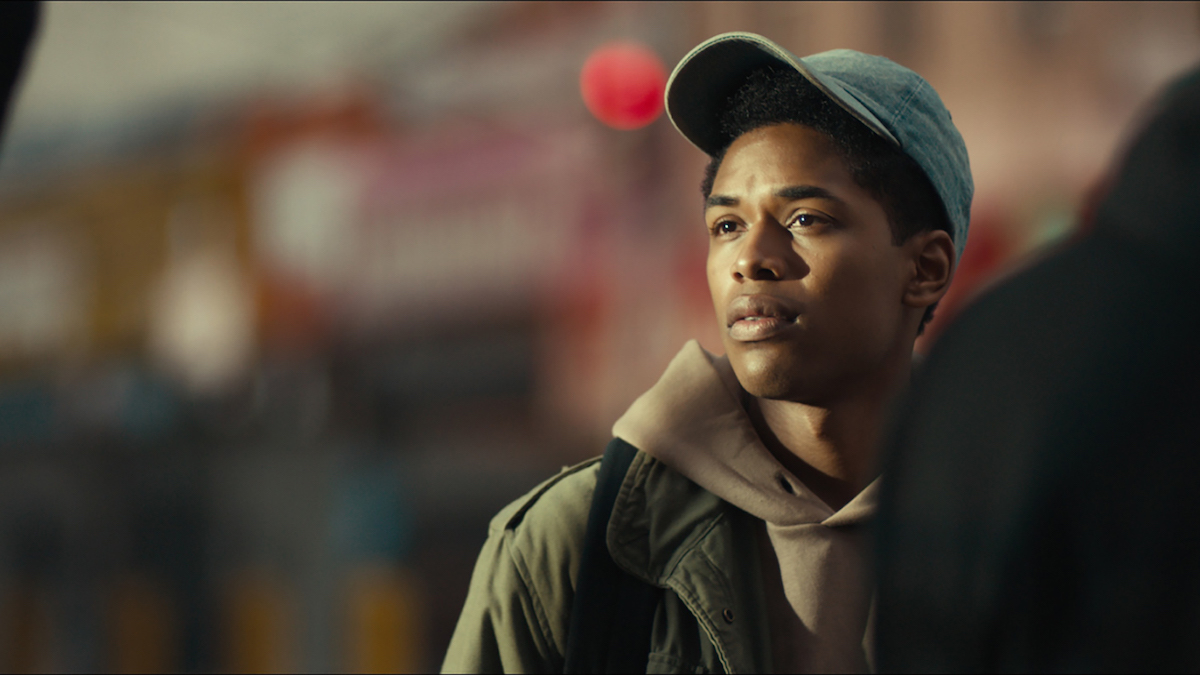
MONSTER
Director: Anthony Mandler
Cinematographer: David Devlin
In the drama Monster, Steve Harmon (Kelvin Harrison Jr.) gets mixed up with the wrong crowd and finds himself preparing for a trial that will determine whether or not he’ll spend the next two decades behind bars. An aspiring filmmaker, the young man tells the tale in the form of screen directions, and the flashbacks that lead up to his current situation are seasoned with moments of grainy, vintage-style imagery — a stylized depiction of cell-phone video capture that suggests a nostalgia for the youthful abandon he is forced to leave behind.
Director Anthony Mandler and cinematographer David Devlin were tasked with telling two companion stories — Steve’s past and present — that feature markedly diverging sensibilities, for the production written by Colen C. Wiley and Janece Shaffer, and based on the novel by Walter Dean Myers. Steve’s life in juvenile detention is gray and cold, his changes in scenery limited to time with his lawyer; the intimidating environment of the prison yard; and the starkly oppressive, fluorescent-illuminated courtroom adorned in sterile shades of white. His prior life, however, is filled with color — his inquisitive nature seeking out new imagery to explore, which includes striking up a friendship with local troublemaker William King (ASAP Rocky, aka Rakim Mayers) and snapping documentary-style photos of a lifestyle Steve finds intriguing.
Night exteriors in New York City are especially compelling, with centerpiece lens flares, the oval bokeh of city lights, and red illumination on faces suggesting reflections from traffic lights. In a scene featuring Steve photographing his girlfriend (Lovie Simone) at sunset, alternating sequences of moving-image shots and black-and-white stills serve not only as an effective storytelling technique, but also a novel demonstration of how two chromatic styles depict the same source material. This is perhaps analogous to the movie as a whole, which examines the same character in two very different lights. — Andrew Fish
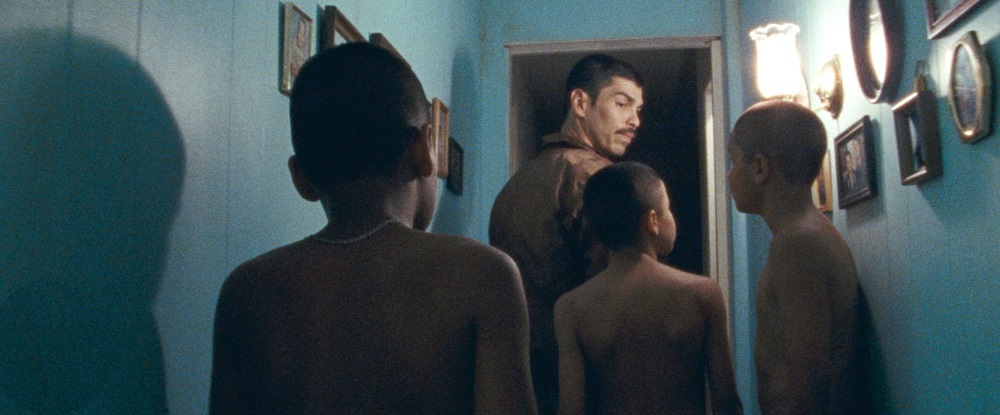
WE THE ANIMALS
Cinematography by Zak Mulligan
Directed by Jeremiah Zagar
Another feature with a documentary ethos is We the Animals, which tied for the NEXT Innovation prize. Making his dramatic directing debut, nonfiction veteran Jeremiah Zagar adapted Justin Torres’s eponymous best-seller, a coming-of-age story set in the 1990s in a working-class home in rural New York. Shooting 16mm for its sense of nostalgia, “we also used the language of cinema verité, which allowed our non-actor children to be free from any rigid ideas about blocking,” says director of photography Zak Mulligan, who snagged a Sundance cinematography award for Oselidia in 2010 (AC April, ’10).
We the Animals focuses on the three young sons of a volatile, economically precarious couple. At first, the boys seem indivisible, doing everything in lockstep and leaning on each other to weather the parental storms. But gradually one boy stands apart: Jonah, the youngest, the most sensitive, and eventually the picked-upon. He keeps a secret diary, filling it with his tiny scrawl and jagged drawings that reflect his confusion and rage at things he doesn’t yet understand. The drawings, occasionally animated, complement the film’s child’s eye view.
“Keeping the camera always at Jonah’s eye level allows us to see the world as he does,” says Mulligan. “At times it’s full of beauty, but at other times it’s terrifying and ugly.” — P.T.
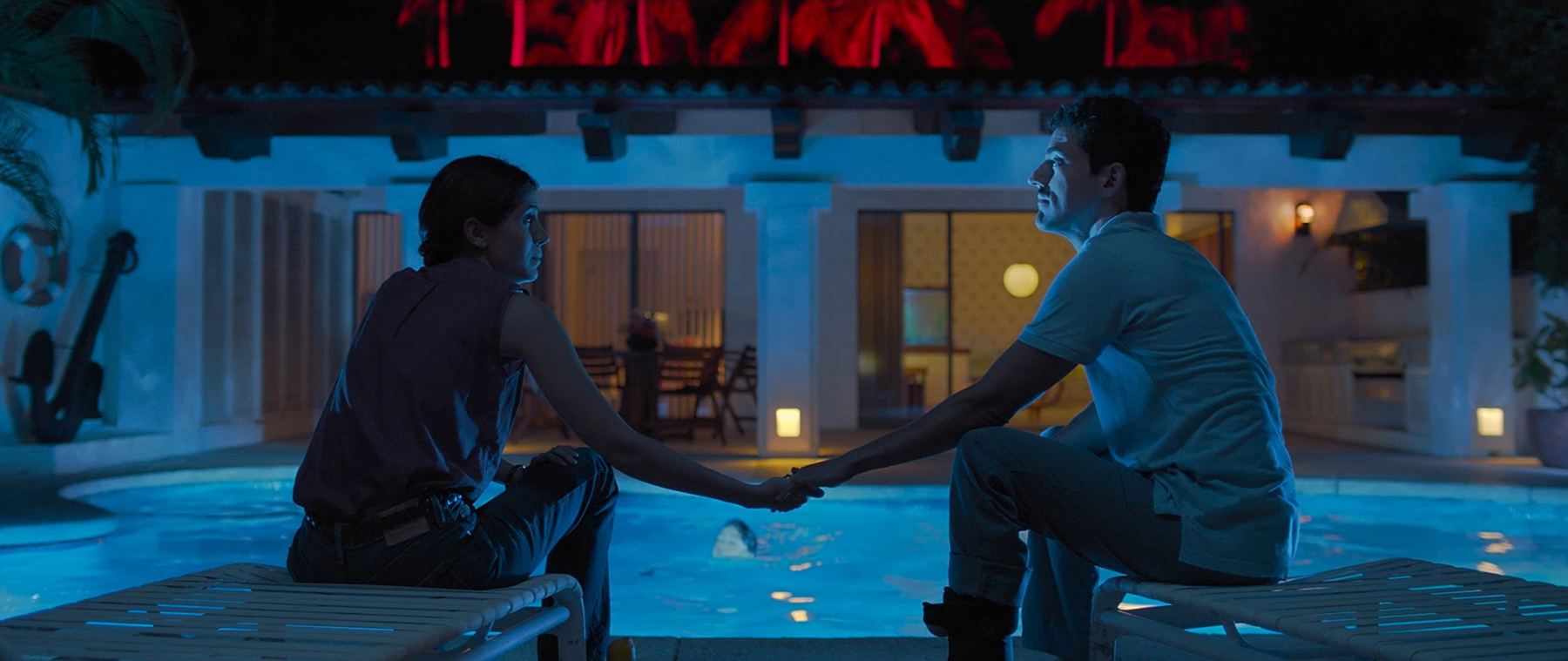
TIME SHARE (TIEMPO COMPARTIDO)
Cinematography by Matías Penachino
Directed by Sebastián Hofmann
In Time Share, Pedro (Luis Gerardo Méndez), Eva (Cassandra Ciangherotti) and their young son have arrived at their promised paradise, the Vistamar resort, for a one-week vacation. They’ve barely had a chance to drop their bags, though, when the doorbell rings, ripping Pedro out of his heaven and into a bureaucratic hell: Their retreat has been double-booked, and Pedro’s family will have to cohabitate with a second family that seems just a bit too pleased with the uncomfortably tight arrangement.
Meanwhile, the resort is in the midst of transitioning to new American owners. That change is embraced wholeheartedly by Gloria (Montserrat Marañon), who recognizes an opportunity for career advancement. The takeover is resisted, however, by her husband, Andres (Miguel Rodarte), who fears the resort is leeching both his sanity and his wife’s soul. On the one hand, he suffers hallucinations of a pink flamingo; on the other, the American representative (portrayed by R.J. Mitte) emerges as a wolf in sheep’s clothing, a trickster-devil incarnate — with an unsettling triangular eye light in his close-up — who’s come to spread the gospel of salesmanship.
There are echoes of Terry Gilliam — and in particular Brazil — as the story climbs toward increasingly absurdist heights. Director Sebastián Hofmann and cinematographer Matías Penachino double down on the comparison with their recurring use of wide-angle close-ups, which offer an intimate view of a cast of characters trying to hold their fraying psyches together.
The pervasive sense of unease is underscored through Penachino’s use of a slowly creeping camera and a diverse range of hues in his lighting, which frequently mixes contrasting colors in the same frame. Red, blue, pink, cyan, yellow — the colored lighting paints a phantasmagoria of encroaching madness, a visible manifestation of the conflicts raging within these characters, who alternately throw their devotion to or desperately rebel against the titular time share. For everyone at the resort, whatever their allegiances, paradise is most certainly lost. — Jon D. Witmer
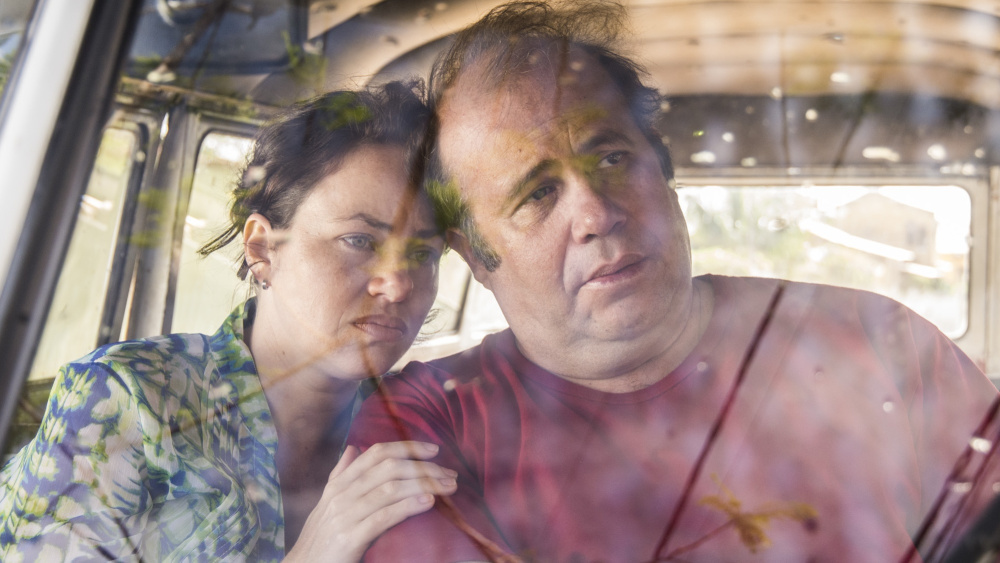
LOVELING
Director: Gustavo Pizzi
Cinematographer: Pedro Faerstein
Set on the outskirts of Rio de Janeiro, the Brazilian feature Loveling follows a family struggling to stay financially afloat as their eldest son prepares to leave the nest. In the lead-up to his departure, Irene (Karine Teles) — the brood’s devoted matriarch — pursues her long-delayed high-school diploma, while her kind-hearted husband, Klaus (Otávio Müller), deals with the collapse of his business by eying pie-in-the-sky financial opportunities. Directed by Gustavo Pizzi, the production features impressive character work by cinematographer Pedro Faerstein.
Shallow depth of field yield intimate portraits throughout, such as a scene in which Irene and her sister, Sônia (Adriana Esteves), share a moment at the former’s graduation, with the two artfully composed amid blurred festive lights. The technique is not only used to create impressive bokeh backdrops, but occasionally to isolate characters from action in the foreground as well — as in an early sequence in which Irene’s Germany-bound son, Fernando (Konstantinos Sarris), plays handball in sharp focus, while players in front of him appear as soft, indistinct forms.
Affectionately illustrating the happiness and heartache of a family on the verge of big changes, Loveling captures moments like Irene playing with her young twins under a bright-red blanket; the whole brood leaping into the water at the beach; the two parents driving through narrow, small-town roads; and Irene seeking solace in a bottle of booze and a private dance party in the kitchen, until a couple of her kids walk in and quash the vibe. This slice-of-life drama — penned by Pizzi and Teles — offers an authentic depiction of everyday emotion through a well-crafted script, spot-on performances, and strikingly nuanced photography. — A.F.
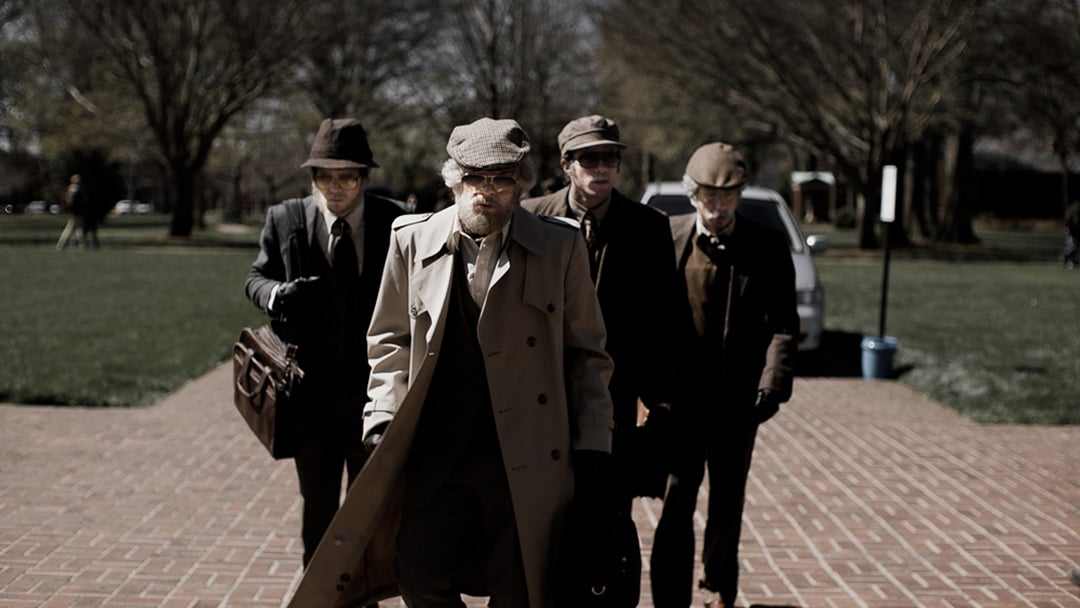
AMERICAN ANIMALS
Cinematography by Ole Bratt Birkeland
Directed by Bart Layton
It was a small magazine article about an attempted art theft at a Kentucky university in 2004 that caught Bart Layton’s eye. Like the documentary filmmaker he was at the time, he tracked down the felons in prison and began a correspondence. Flash forward to Sundance 2018, and Layton delivered a crowd-pleasing twist on the heist genre in American Animals.
Shot on an Alexa Mini, this doc/fiction hybrid follows four hapless 20-year-olds as they attempt to rob a university library of its most precious holdings: Audubon’s Birds of American and Darwin’s On the Origin of Species. The actual felons offer recollections in documentary interludes; that their commentary is unreliable and contradictory just adds to the fun. To plan the theft, the quartet studied heist films like students cramming for an exam; they eventually felt themselves to be living a movie. This gave Layton and director of photography Ole Bratt Birkeland the perfect excuse for a raft of visual quotations. Most obvious are Reservoir Dogs and Ocean 11, the latter mimicked in a slick, complicated Steadicam shot of the heist as they imagine it going down.
“Hopefully we did Steven Soderberg proud,” says the cinematographer. “But there are also The Sting, Butch Cassidy and the Sundance Kid and some Fight Club in there. These nods are a way of leading the audience into a sense of being on a filmic journey, before we break the pattern at the end,” when the actual heist disintegrates into mayhem. — P.T.
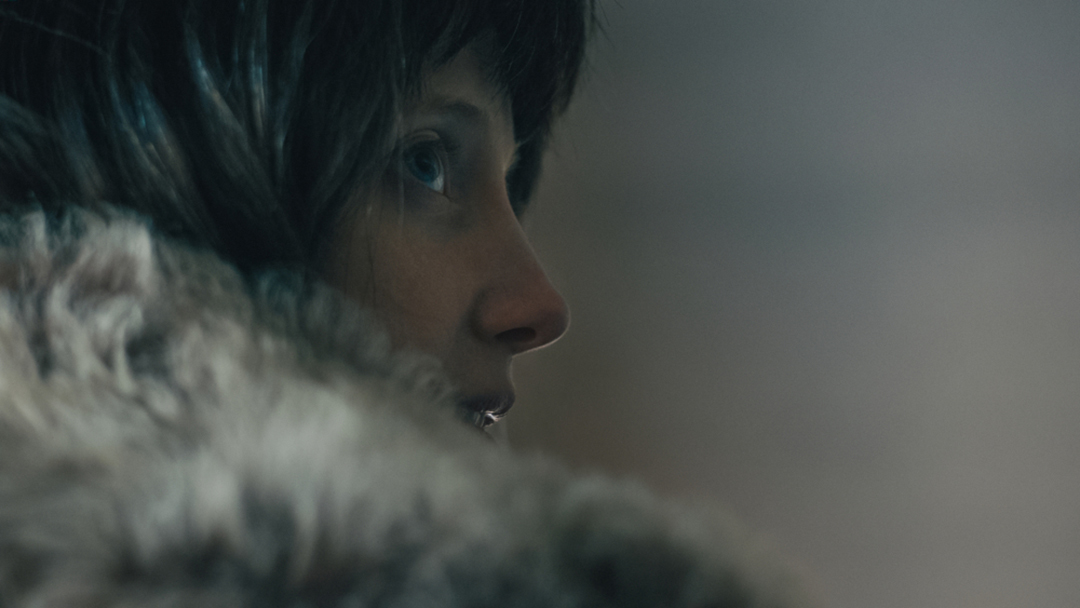
NANCY
Cinematography by Zoë White
Directed by Christina Choe
When accepting the Waldo Salt Screenwriting Award, Nancy writer/director Christina Choe noted that 80 percent of her crew was female and 50 percent people of color. That earned her a hearty applause, but audiences had already been won over by her chops as the auteur of this subtle, nuanced psychodrama.
Lonely and isolated while caring for her sick mother, Nancy (Andrea Riseborough) tries to make connections by creating fictional personae on-line. After her mother unexpectedly dies, she sees a newscast that leads her to believe she’s a missing child who disappeared 30 years ago. She tracks down the parents, and they invite her to visit. As the parties warily circle one another, the desire for truth and the need for love teeter-totter back and forth.
Capturing Nancy’s POV throughout was cinematographer Zoë White (currently shooting the second season of The Handmaid’s Tale). To reflect Nancy’s hemmed-in environment with her mother, the film starts with a 4x3 aspect ratio, then opens out to 16x9 when she leaves home to meet the couple. “Her world is expanded, both literally and emotionally,” says White. The framing changes as well. “The beginning was shot in a composed, framed style, reflecting the artifice of Nancy’s life — extreme wide shots with a tiny, lone figure,” she says. After entering the couple’s world, “a shift occurs towards more handheld shots and natural lighting, representing Nancy’s movement toward truth and self-awareness as her authentic self emerges out of these fictional circumstances.” — P.T.
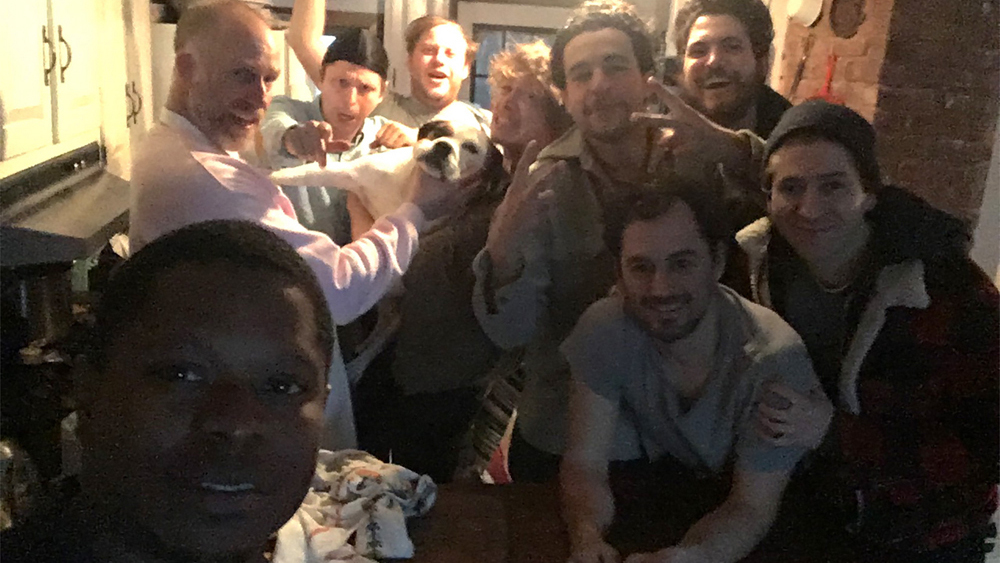
TYREL
Director: Sebastián Silva
Cinematographer: Alexis Zabe
In the opening scene of Tyrel, we learn that budding restaurateur Tyler (Jason Mitchell) has nowhere to stay for the next two days, as his girlfriend’s family has commandeered their apartment. He’s thus accepted an invitation from his friend Johnny (Christopher Abbott) to a buddy’s birthday weekend, putting Tyler in the predicament of being the only African American among a group of guys he’s never met — in a cabin in the woods in the middle of winter.
The production’s handheld style, which serves as the backbone of the movie — written and directed by Sebastián Silva and shot by Alexis Zabe — lends itself well to tensions that rise almost immediately after Tyler meets Pete (Caleb Landry Jones), the birthday boy, whose confrontational and vaguely hostile demeanor do little to make Tyler feel welcome. As the group begins to gather, we see that Pete keeps some rambunctious company. Tyler does his best to maintain good relations — doing fairly well with Alan (Michael Cera), a gregarious rich kid; Nico (Nicolas Arze), a sophisticated Argentine; and Dylan (Roddy Bottum), the paternal influence of the bunch — and beyond that, uses all known tactics to alleviate the angst: withdrawal, getting drunk, joining in, acting out, and flat-out running away.
Tyrel’s tight close-ups and mindfully shaky camerawork — along with requisite remarkable focus pulling — offer a sense of embeddedness and an investment in Tyler’s discomfort, all while aptly portraying the party atmosphere of the revelers. Car interiors are also nicely executed, in particular a scene that makes adept use of a source motivated by Tyler’s cell-phone screen. An engagingly told, skillfully shot story of personal differences, and of an outsider looking into a deeply intertwined social network, Tyrel captures the emotional tangle of alienation amid fierce camaraderie. — A.F.
Editor’s Note: While the Sundance Film Festival no longer offers a dedicated award for camerawork, a Special Jury Award for Cinematography was given this year to directors of photography Maxim Arbugaev and Peter Indergand for their work in the Swiss documentary Genesis 2.0, co-directed by Christian Frei and Arbugaev, which screened in the festival’s World Cinema program. Unfortunately, AC did not have the opportunity to see this film during the event, however, the trailer offers a provocative story of science and human hubris:
And here are the complete Sundance awards announcements:
You'll find AC's other Sundance activities — done in conjunction with Canon, as their media sponsor — right here, complete with six videos documenting panel discussions moderated by AC at the Canon Creative Studio on Main St.








